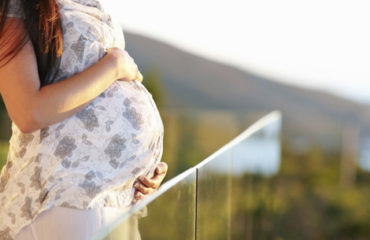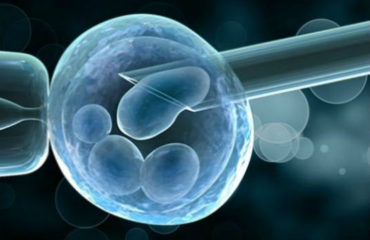Surgical sperm retrieval
1% of men suffer from azoospermia (when there is no sperm in the ejaculate) and will require sperm to be surgically retrieved for use in a cycle of ICSI to allow a chance of successful conception. These couples will be treated in conjunction with one of our Consultant Urologist colleague
Azoospermia can be divided into either “obstructive” or “non-obstructive”.
In obstructive azoospermia, there is an obstruction as a likely consequence of either an absent or blocked tube connecting the testicle to the penis (vas deferens), for example following a vasectomy or in some men who are carriers of a defective cystic fibrosis gene. In these men there is virtually a 100% chance of successfully finding sperm surgically.
In non-obstructive azoospermia, there is a defect in sperm production itself, often following delayed treatment of an undescended testes or due to a subtle genetic abnormality (such as small deletion in the Y chromosome that men carry that is vital for sperm production). In these men there is less than 50% chance of successfully finding sperm surgically.
How does surgical sperm retrieval work?
Sperm can be retrieved from two areas:
- The epididymis (the structure next to the testicle where sperm are stored and mature prior to ejaculation)
- PESA (Percutaneous epididymal sperm aspiration): The simplest procedure, performed under local anesthetic where sperm is aspirated using a fine needle and syringe
- MESA (Microsurgical epididymal sperm aspiration): This procedure requires a general anesthetic to allow direct microscopic visualisation of the epididymis for sperm aspiration. This is required when PESA is not possible or successful and may also allow an attempt to surgically correct any obstruction.
- The testicle:
- Micro-TESE (Testicular sperm extraction): This more invasive procedure is required in those where epididymal retrieval has failed or with a non-obstructive cause of azoospermia. Under general anesthetic, small biopsies are taken directly form the testicle under microscopic visualization which is then examined to find small numbers of sperm that can be used for treatment.
The retrieval may be planned in advance and the sperm frozen, or on occasion timed to coincide with ovarian stimulation with a urologist on stand-by on the day of egg collection. Although frozen sperm has been shown to be as effective as fresh, in some with a non-obstructive cause where minimal sperm numbers may be retrieved, there may be a concern that insufficient quantities would survive the freeze / thaw process.
Testicular mapping
Testicular mapping is a recent development for azoospermic men, pioneered by Dr Paul Turek in California. It involves a simple minimally-invasive procedure performed under either local or general anesthesia to map out the potential location of sperm in the testis.
This allows us to determine if a man is likely to be candidate for a successful subsequent sperm retrieval.
The benefits of this two-step process are to guide urologists directly to areas of sperm production (with some studies suggesting an increase to more than 90% success) and to minimise potential damage to the testis from multiple failed biopsies. Furthermore, a negative map may help couples decide on alternative options such as the use of donor sperm.
Our urologists can now offer this procedure if deemed appropriate.
Vasectomy reversal
Vasectomy reversal may be offered by our urologists in conjunction with a sperm retrieval procedure.
The key factors that decide whether to attempt a reversal or proceed straight to assisted reproduction with ICSI are:
- the age of the female partner
- the time since the vasectomy procedure
Although the time since vasectomy does not affect the chances of successful fertility treatment with surgically retrieved sperm, it does significantly impact on the chances of a successful vasectomy reversal.
One study has demonstrated over 70% pregnancy success if performed within three years of the original vasectomy; this drops to 50% or less thereafter.
If there has been an extended period since the original vasectomy or if maternal age has increased, we would recommend assisted reproduction as first-line treatment
 Ελληνικα
Ελληνικα  English
English 




